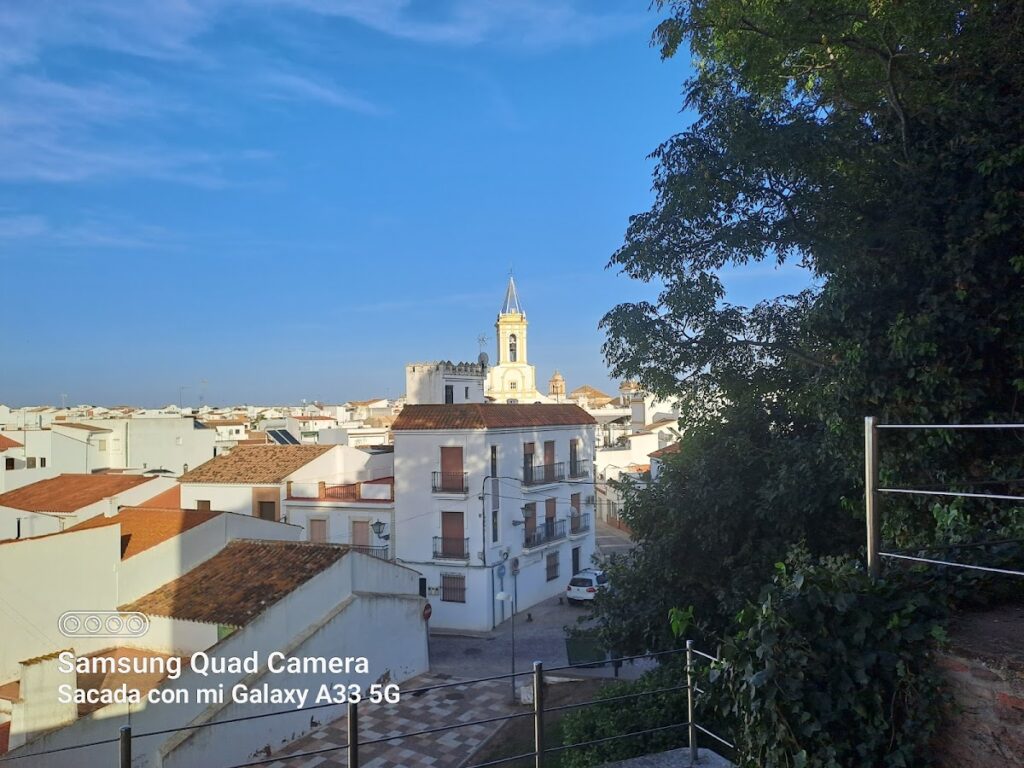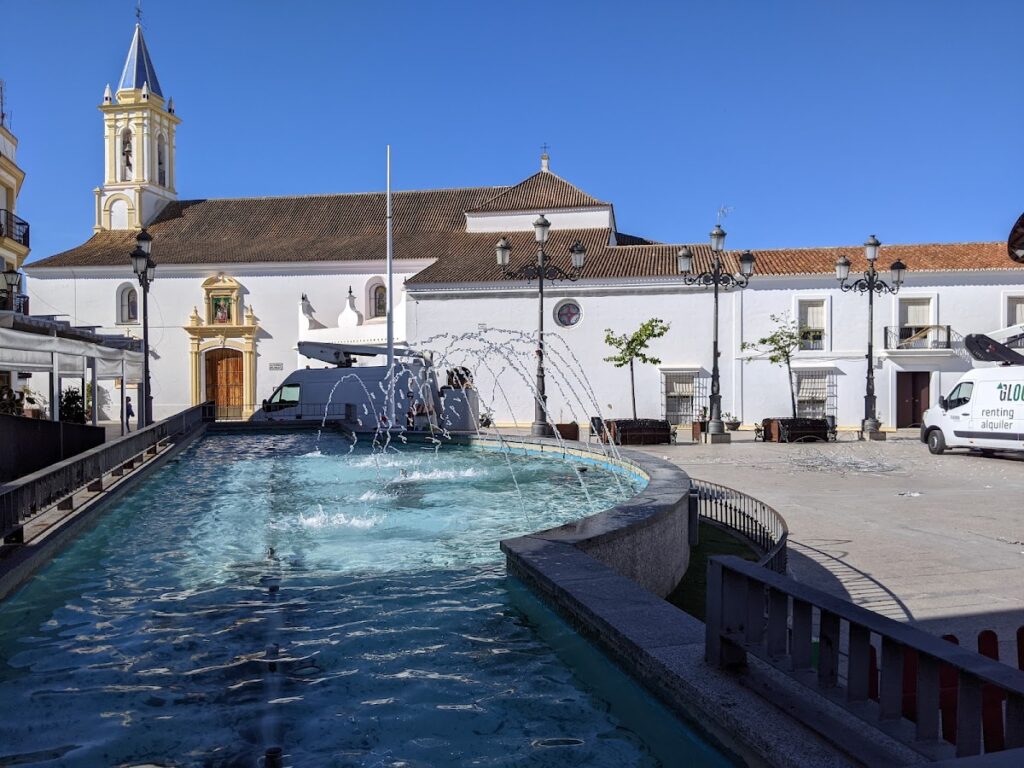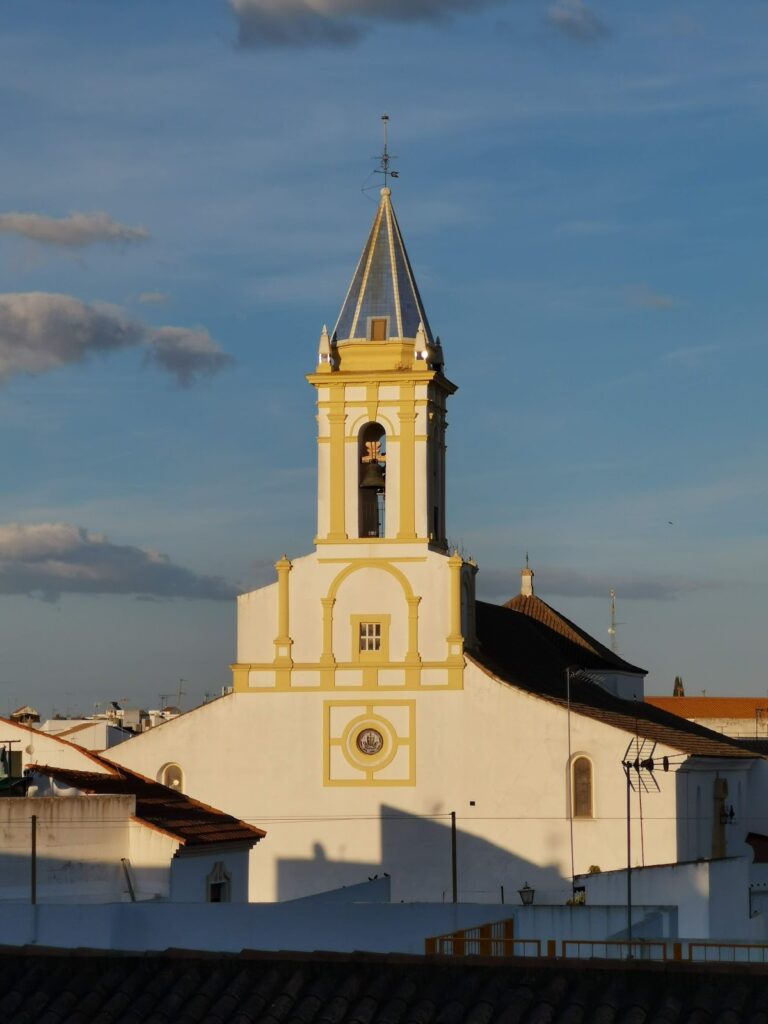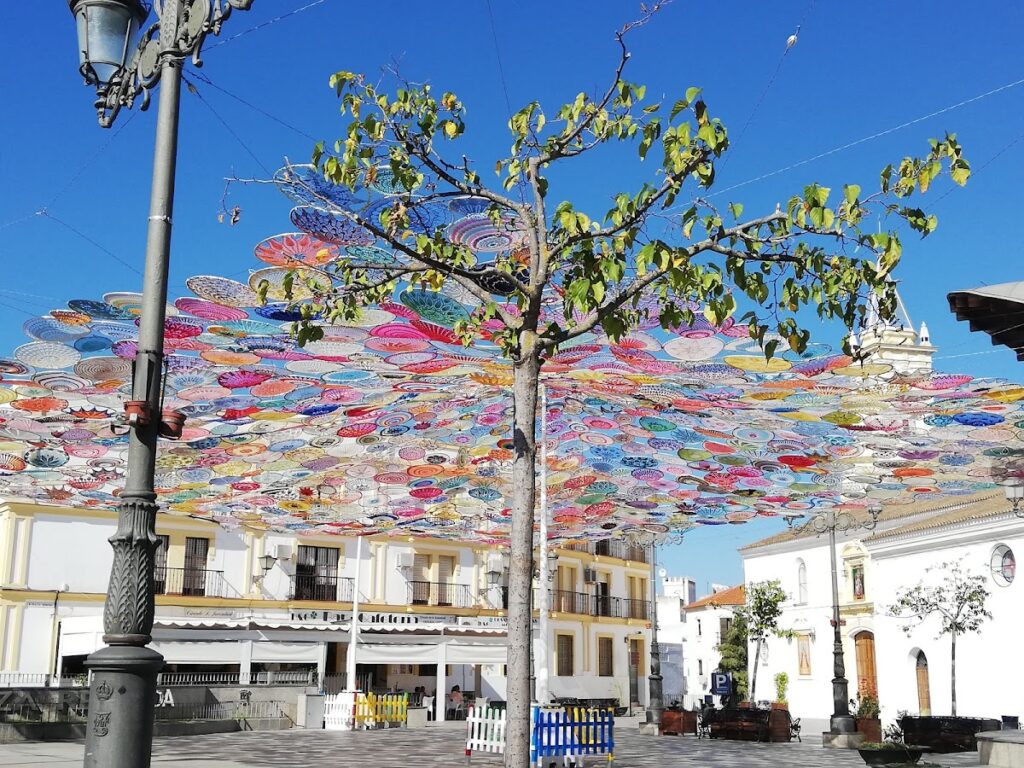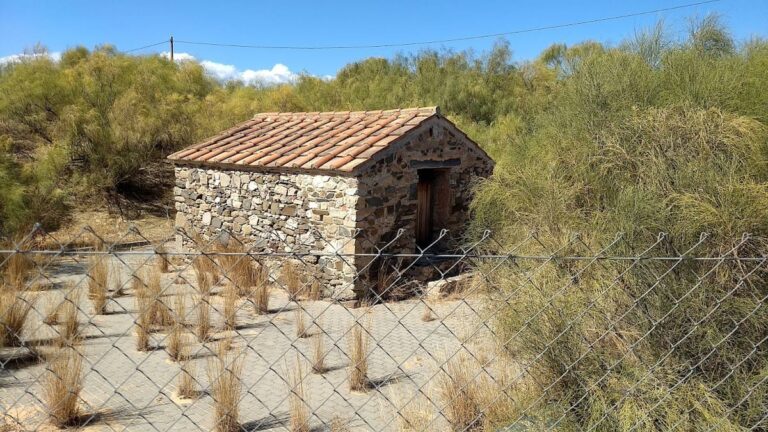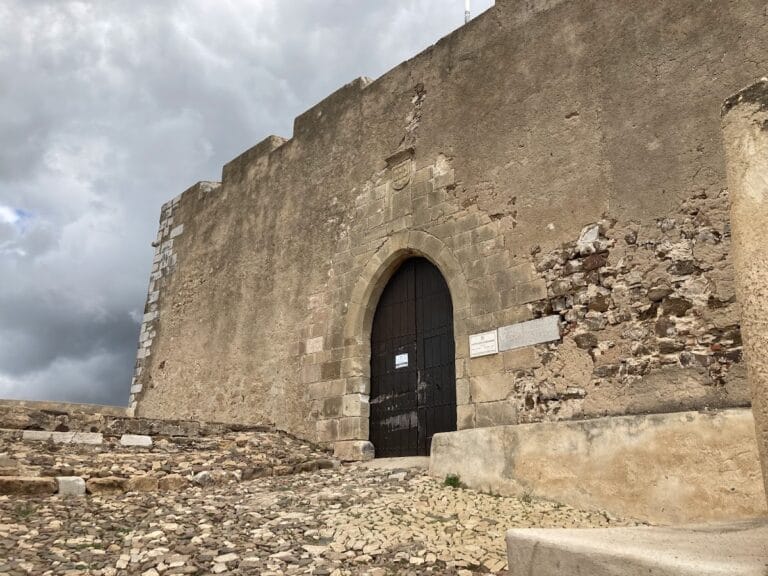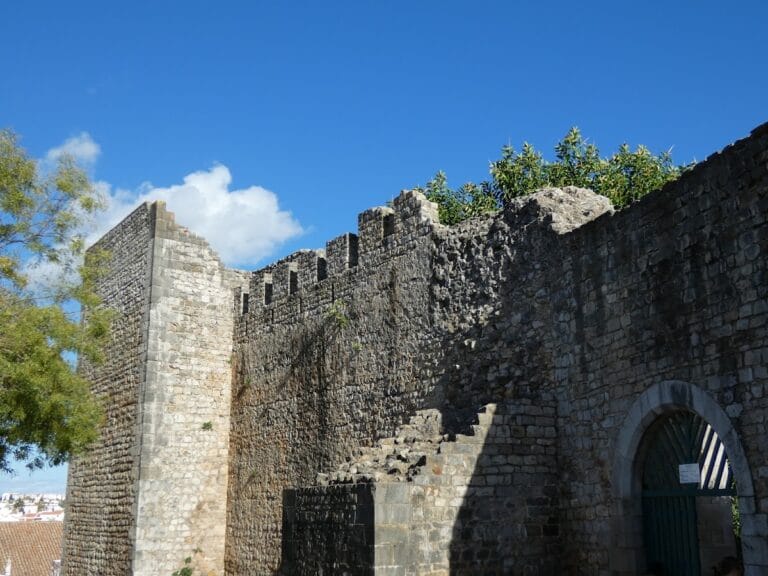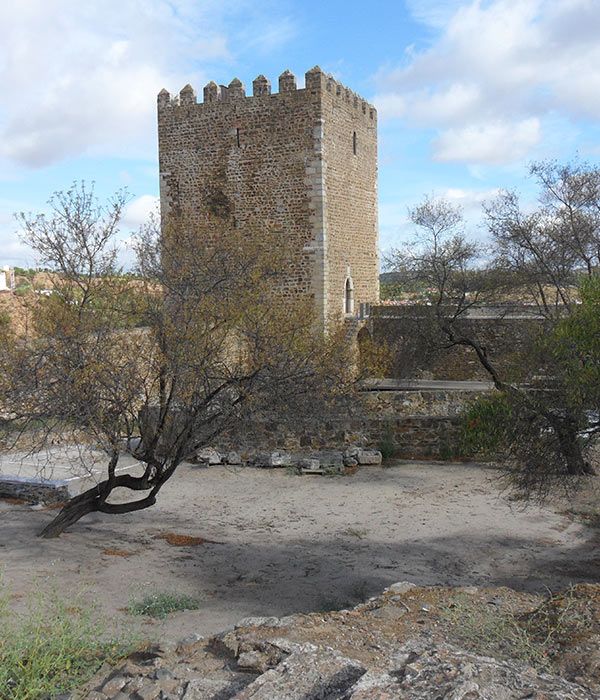Castillo-fortaleza de Los Zúñiga: A Medieval Fortress in Cartaya, Spain
Visitor Information
Google Rating: 3.7
Popularity: Low
Google Maps: View on Google Maps
Country: Spain
Civilization: Unclassified
Remains: Military
History
The Castillo-fortaleza de Los Zúñiga is situated in the town of Cartaya, Spain. This fortress was constructed by the House of Zúñiga during the early 15th century, reflecting the medieval efforts of local nobility to secure their territories along the southern coast of the Iberian Peninsula.
Construction of the castle began between 1417 and 1420 as a direct response to the frequent raids carried out by Berber and Norman pirates in the area. These attacks threatened the safety and development of nearby communities, so the fortress was built to provide refuge for the population and to reinforce the security of the local settlement. By establishing this stronghold, the Zúñiga family sought not only to protect the inhabitants but also to consolidate their influence in the region.
The fortress held strategic importance by securing the borderlands between the lordships of Lepe and Gibraleón. A key military and administrative role of the castle was to oversee the crossing of the Piedras River. This river crossing was established following a legal victory by Pedro de Zúñiga y Manrique de Lara, who gained the right to create a ferry passage, enhancing connectivity and control over the area.
In the 18th century, plans were drawn up to repurpose the castle as barracks for a guard corps, signaling a continued recognition of its defensive value. However, this conversion project was ultimately abandoned. By 1812, the fortress had fallen into disuse, marking the end of its active role in regional defense and governance.
Remains
The fortress presents a classic medieval layout centered around a spacious courtyard, or patio de armas, which served as the heart of the castle’s internal space. Surrounding this courtyard are defensive walls that rise more than eight meters high, designed for surveillance and protection against external threats. These walls were carefully restored in the late 1990s, ensuring the preservation of their imposing presence.
Access to the castle is gained through a gate constructed in the Mudéjar style, an architectural influence resulting from the coexistence of Christian and Islamic artistic traditions on the Iberian Peninsula during this period. This distinctive gate reflects the cultural synthesis characteristic of the region’s history.
Originally, the castle was fortified with seven battlemented towers, providing elevated vantage points for defenders, as well as a secondary, lower outer wall that added an extra layer of protection. These elements have since disappeared, but their existence highlights the castle’s emphasis on strong, multi-layered defense.
Overall, the fortress was built primarily to control and monitor the surrounding territories, with particular focus on overseeing the Piedras River crossing. Its surviving structures continue to embody the military purpose for which the castle was conceived, standing as a testament to the region’s medieval past.

